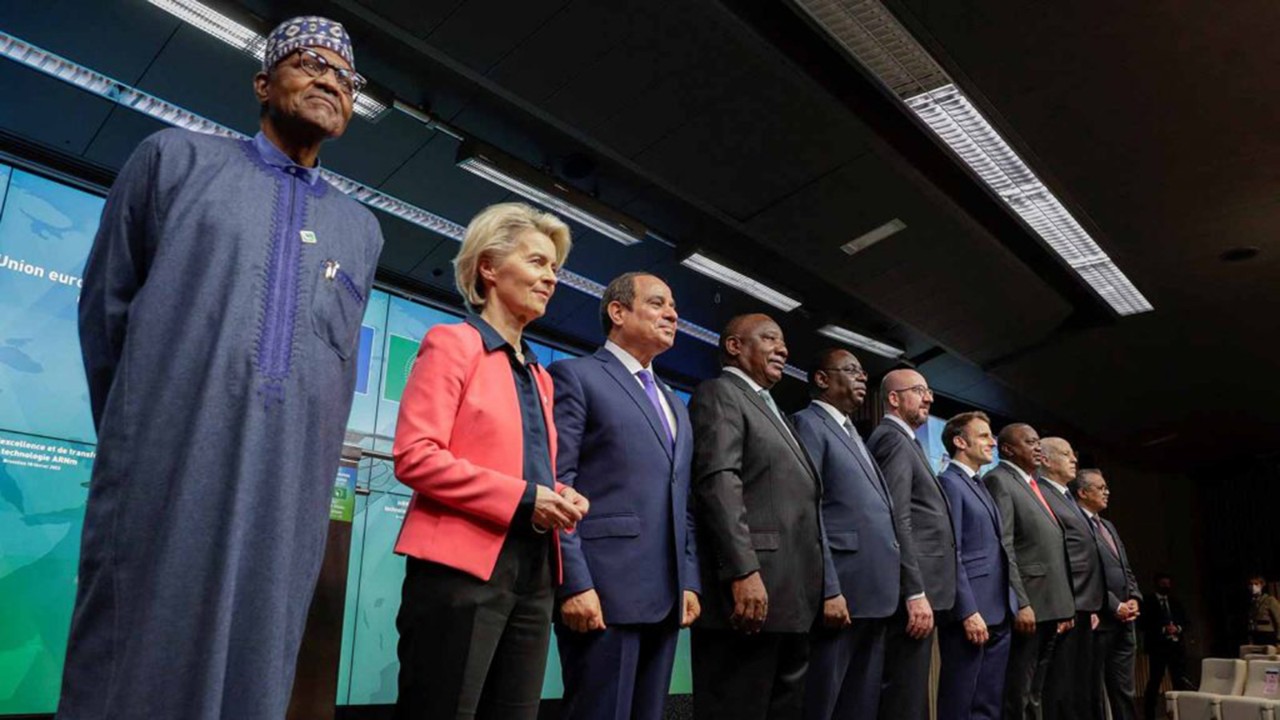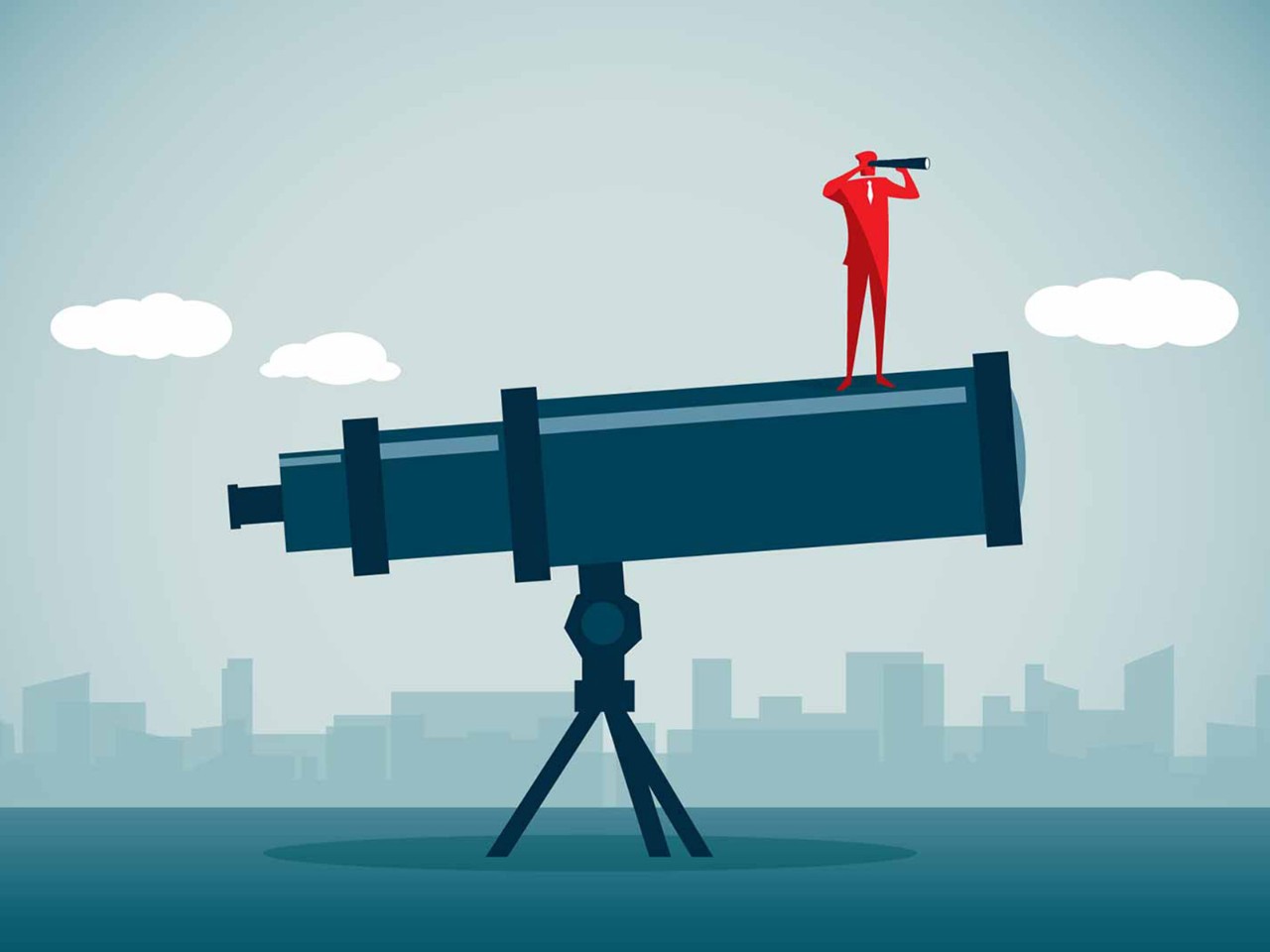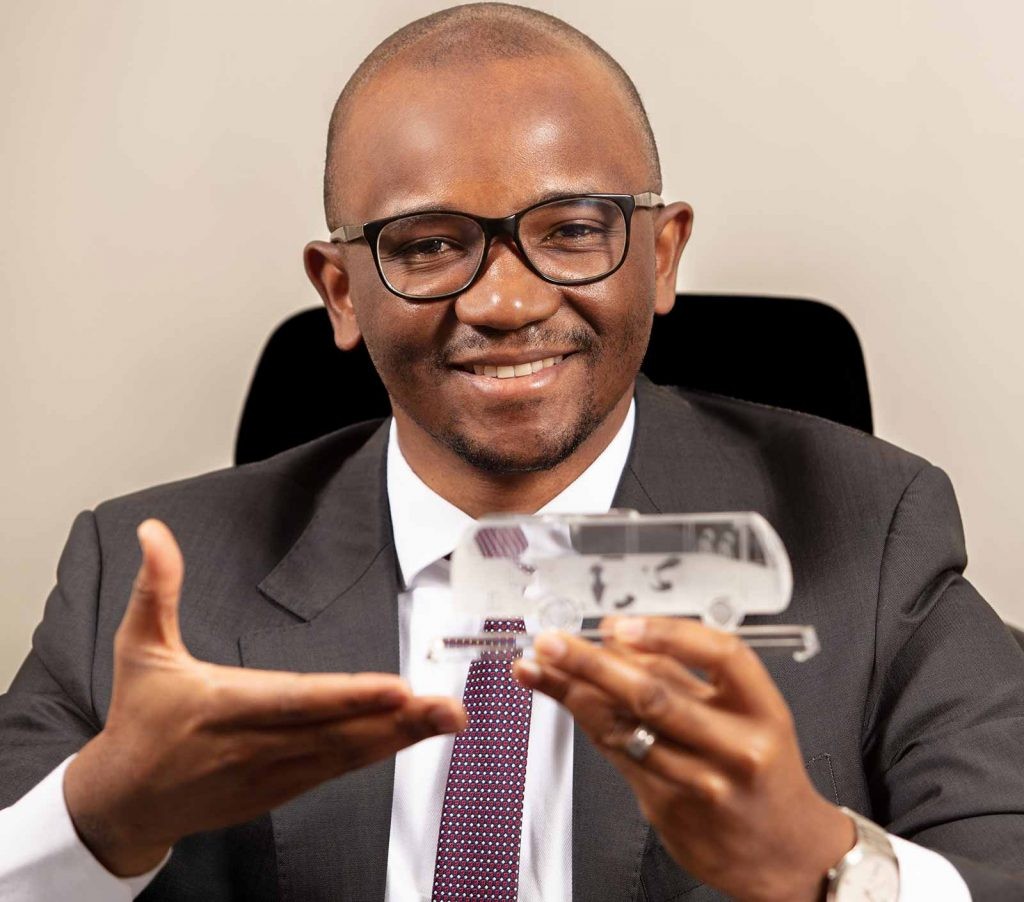
The African economy has fared badly during the pandemic, both in absolute terms and relative to other global regions. Last year its GDP grew by less than 4%, while the world economy expanded by almost 6%. The International Monetary Fund (IMF) forecasts roughly similar rates of growth for Africa and the world of 4% in 2022, but African GDP should be growing much faster than the global average, given its growing population and catch-up potential, at around 10% a year.
Unlike advanced economies, Africa did not have the fiscal resources to support household and business incomes during Covid-19 lockdowns and social restrictions. As a result, its post-pandemic recovery has been weak and further hampered by a very low rate of vaccination, which has pushed debt levels up, in many cases to unsustainable levels. According to the World Bank, by the end of 2021, South Africa, Angola, Mozambique and Kenya were among the 12 countries that had debt levels in excess of 70% of GDP.
SDRs give substantial extra liquidity without adding to a country’s debt burden
The IMF’s creation in 2021 of an extra US$650bn worth of special drawing rights (SDRs) could help many African countries. SDRs are a form of liquidity that are added to a country’s foreign exchange reserves. Their main advantage is to give substantial extra liquidity without adding to a country’s debt burden. This new allocation would give governments greater flexibility to use foreign hard currency to finance imports, boost their public finances or pay off debts.
Uneven distribution
But the rules are that any new issue of SDRs is distributed on the basis of capital contributions to the IMF. The US was accordingly allocated 17% of the US$650bn total, worth around US$113bn. The entire continent of Africa received just US$33bn (5% of the total), and even this was heavily skewed in favour of just two countries, South Africa and Nigeria.
Acknowledging this lopsided allocation, G7 leaders committed to voluntarily recycling US$100bn of these new SDRs to emerging and low-income countries. But progress has been slow, with only US$55bn pledged by the time of the African-EU summit in February 2022. The summit’s final communiqué welcomed the SDRs promised by some EU members, amounting to US$13bn of the US$55bn total so far pledged, and encouraged other EU nations to pledge some of their allocation.
But even a generous overall SDR boost will not solve Africa’s debt and growth issues. The IMF estimates that, as a bare minimum, the continent needs US$285bn by 2025 to fully recover from the effects of the pandemic, with US$135bn of this for low-income countries.
And twice as much is necessary if Africa is to get back on its pre-pandemic catch-up rate of growth (that is, the economic growth needed to catch up with advanced economies). Even with some top-up to the US$33bn initial allocation, SDRs can therefore make only a modest contribution to putting Africa back on track. Debt relief and debt restructuring will continue to have a significant role to play too.
Removing tariff and non-tariff barriers would boost intra-African trade by nearly 50%
AfCFTA potential
Yet there is a lot Africa can do for itself. One obvious area is to push forward on the African Continental Free Trade Area (AfCFTA), designed to boost intra-African trade. Tariffs, onerous customs checks, and poor and limited road/rail/port infrastructure all add considerable costs to trade within Africa, lifting prices and damaging productivity. The IMF estimates that the removal of tariff barriers alone would boost intra-African trade by around 15%, while eliminating non-tariff barriers would yield double that figure.
Despite 44 out of 51 African countries ratifying AfCFTA, no trade has yet taken place on AfCFTA terms. A protectionist attitude among some big countries and wrangling over rules-of-origin issues have held back progress. And, of course, improving the quality and scale of infrastructure will require significant investment over a number of years. The potential gains, though, are huge and would be spread across the continent.
Of the 25 least connected countries in the world, 21 are in Africa
Power of connections
The provision of fast and reliable internet access across Africa could generate enormous domestic and external benefits. Emerging markets are taking an increasing share of the growing trade in digitally deliverable services, such as insurance, business and finance. However, according to the World Economic Forum, of the 25 least connected countries in the world, 21 are in Africa. This has led to initiatives such as the African Union’s Digital Transformation Agenda 2030, which aims to digitally connect every household, business and government in Africa by that date.
Africa faces great challenges in recovering from the effects of the Covid-19 pandemic. The war in Ukraine is another headwind for the continent, which imports a significant proportion of its wheat from Russia and Ukraine. Poverty and food insecurity are increasing. Debt levels have risen significantly and in some countries are at unsustainable levels.
Extra liquidity in the form of SDRs from the IMF will help but can only be part of the solution. Debt relief and restructuring will also be necessary. In the longer term, Africa needs a return to annual GDP growth rates of up to 10% to get itself back on the catch-up path. The key ingredients here are better infrastructure, freer trade and digital technology.



